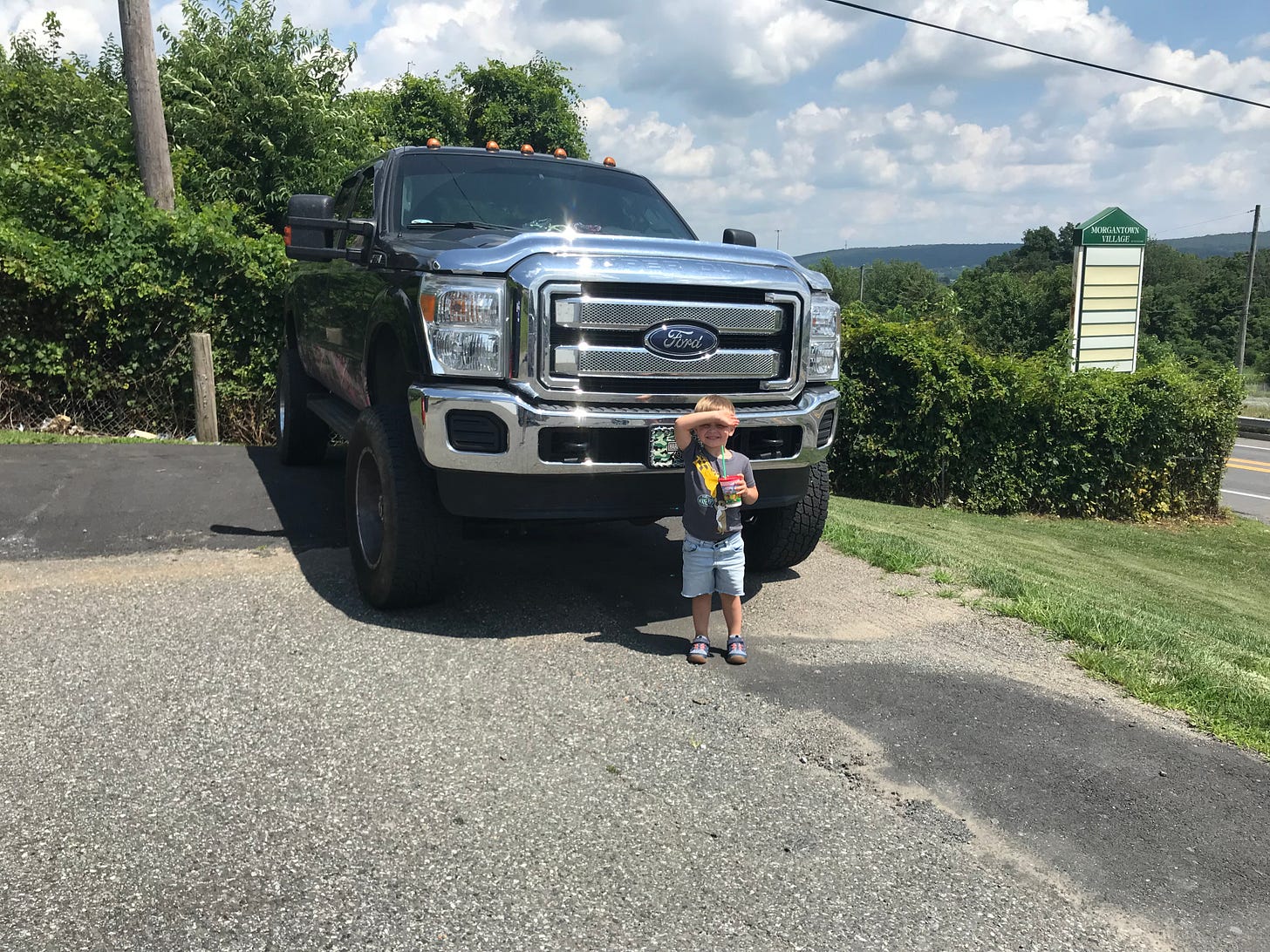My Written Testimony in Favor of Maryland's Pedestrian Fatality Prevention Act
Delegate Robbyn Lewis has proposed modestly higher registration fees for oversized SUVs and trucks proven to pose additional hazards to those on foot.
Hey everyone, wanted to share this testimony I gave in the Maryland State House on Thursday. The testimony was in favor of Del. Robbyn Lewis’ “Pedestrian Fatality Prevention Act of 2024.” I was surprised how receptive the legislators were. What is proposed here is a modest reform, but addresses this problem nicely. So… fingers crossed.
Okay here you are:
Hello,
Thank you for inviting me to speak, Delegate Robbyn Lewis. And thank you all for taking the time to hear my remarks.
My name is Angie Schmitt and I am and urban planner and the author of Right of Way: Race, Class and the Silent Epidemic of Pedestrian Deaths in America, a book published in 2020 by Island Press. For the past four years I have been writing and traveling around speaking about what I call the “pedestrian safety crisis in America.”
At the time my book was published just over three years ago, pedestrian deaths had reached nearly 6,500 — that was a 50 percent increase in a decade (an usual and surprising increase, viewed historically). Now just a few years later, they have again increased dramatically. They are up over 20 percent just since the publication of my book. About 7,500 people are now killed annually walking. To put that number in perspective, it is about twice the number killed by fires every year. But the issue has not been recognized as the public health epidemic that it is.
The recent increase in pedestrian deaths has been caused by a lot of factors — fallout from the pandemic, lower enforcement, possibly, increases in speeding and reckless driving. But we also know, and what I discuss at length in my book, is that changing vehicle design plays an important role.
Since the 2008 recession, SUVs and pickup trucks have overtaken sedans and station wagons as the top selling vehicles. Now almost three-in-four new cars sold is an SUV or pickup. A number studies have confirmed the relationship between larger vehicles and rising pedestrian deaths. A 2015 review of the research by NHTSA found pedestrian who were struck by SUVs were 2.5 to three times more likely to be killed.
More recently, research by the Insurance Institute for Highway Safety examined how squarer, more “aggressive-looking” front ends — which are in fashion right now in the automobile industry — contribute to the problem. Their study found that higher, squarer front ends (at least 40 inches tall) that are popular now on mid-sized SUVs and pickups are 45 percent more likely to lead to a pedestrian fatality.
I see this as a regulatory failure. Obviously, people have a right to choose what kinds of vehicles they prefer for their families, but we have a long history in the U.S. of regulating vehicles for safety, and all sorts of requirements — such as seat belts and air bags are required standard for the protection of occupants. But we have failed to provide the same protections for those outside of vehicles — resulting in tremendous pain and hardship for many families.
We know that certain groups are more likely to be killed while walking, including older adults, men, people with disabilities, Black and Native Americans and people who live in low-income neighborhoods.
I want to applaud Delegate Lewis for raising this issue. I think the kind of modest reforms she proposes in HB28, will help raise awareness and apply a some needed pressure on automakers and consumers to consider the downside of the “arms race” we have seen in car design.
We have failed in the U.S. to even warn consumers of the additional dangers presented by light trucks with tall front ends. Some of the best-selling vehicles in the U.S. now have 55-inch front ends. I am an average-sized woman and those cars come up to about my chin, presenting serious visibility concerns, especially where child pedestrians are involved.
Thank you for considering my perspective, and I would be happy to answer any questions if needed.




